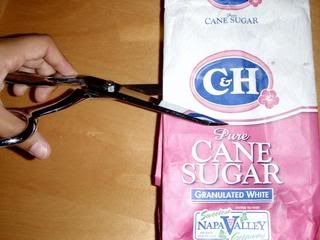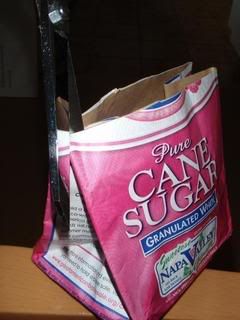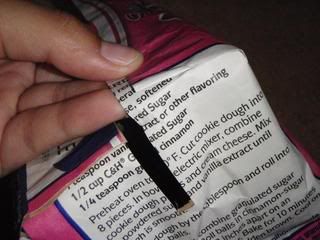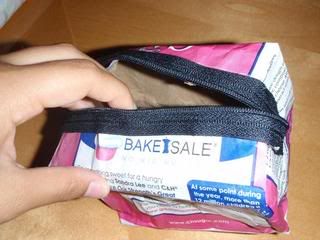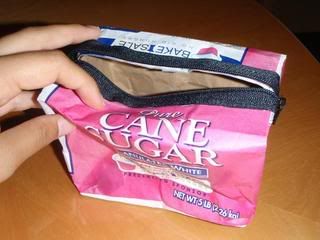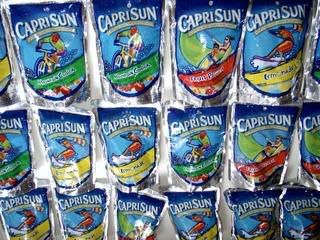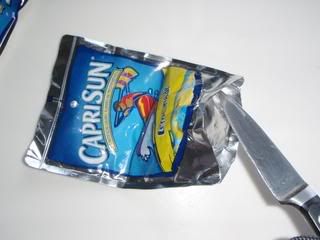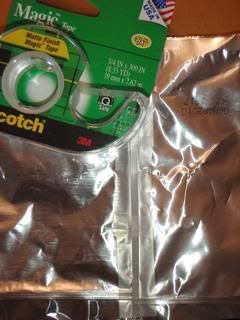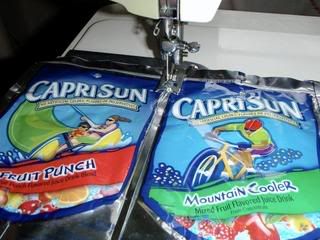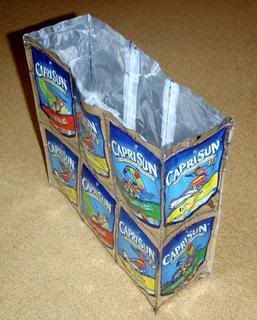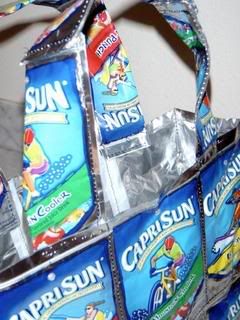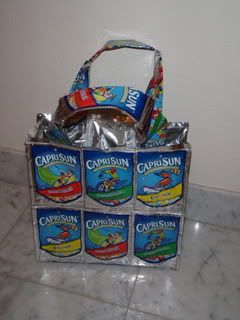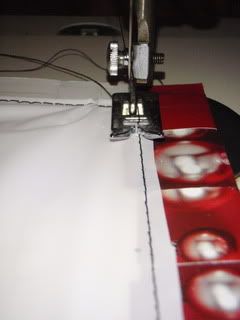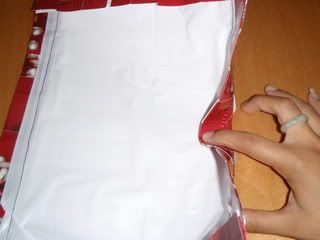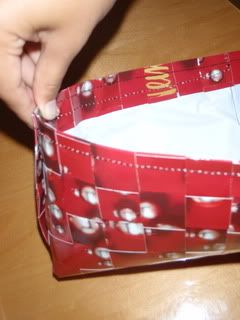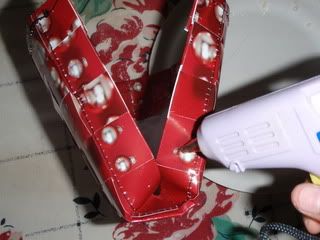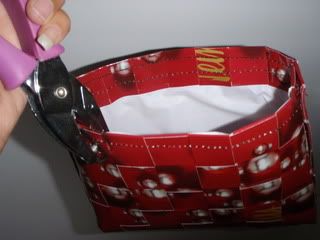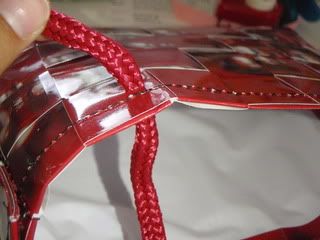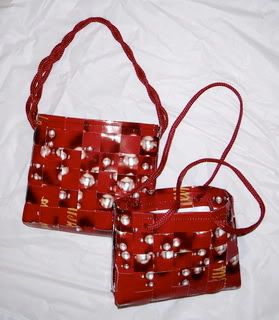Thursday, May 21, 2009
Hawaii's Landfills
Wednesday, May 20, 2009
Economics: Materialistic Consumption
DIY: Keep Things from Becoming Waste
How to Make a Sugar Bag Pencil Case
Tuesday, May 19, 2009
How to Make Your Own Capri Sun Bag
How to Weave Your Own Purse
Monday, May 18, 2009
How to Make Bags for Everyday Use


Consumer Society
- Victor Lebow, 1955
Statistics
Fifty one percent of the freshwater animal species of the world are declining in number.
A recent survey found one in four vertebrate species to be in sharp decline or facing serious pressure from human activities.
One of every eight known plant species is threatened with extinction or is nearly extinct.
One in ten tree species-some 8,750 of the 80,000 to 100,000 tree species known to science-are threatened with extinction.
The overall rate of extinction is estimated to be 1,000 to 10,000 times higher than it would be naturally, and appears to be increasing. The last time such a mass extinction is believed to have occurred was 65 million years ago, when a dramatic shift in global climate patterns ended the age of the dinosaurs.
Global forest cover is shrinking by 30 million acres a year. Causes include human-induced fires, agricultural expansion, logging, road-building, and exotic insect infestations.
Vast destruction of the world's forests is contributing to the spread of the world's deserts, increasing the loss of biodiversity and hampering the ability of the Earth's atmosphere to cleanse itself.
Some 58 percent of the world's coral reefs and one third of all fish species may be at risk from human activities.
Fisheries are collapsing. About a quarter of stocks worldwide are currently depleted or in danger of depletion. Another 44 percent are being fished at their biological limit.
Massive erosion-related to intensive farming practices and deforestation-is causing a rapid loss of topsoil and with it a potentially drastic drop in the ability to produce food for the world's people.
In September of 1998, the BBC, citing data from NASA, reported the hole in the ozone over Antarctica had reached record proportions: 10 million square miles, roughly three times the size of Australia.
1998 was the hottest year recorded since record keeping began in the 1860s. According to scientific evidence, it was the hottest year in the past one thousand years. Seven of the ten warmest years recorded occurred between 1990 and 1999. The dominant view among scientists is that a significant portion of this warming is the result of industrial society's emission of carbon dioxide and other heat-trapping gases.
"The common thread through these environmental crises is unsustainable consumption. From mining, refining, transport, manufacture, use, and disposal of goods, humans today-individually and collectively-are asking more of the planet than ever before. The impact has been staggering. Quite literally, we are living beyond our ecological means, destroying the natural world in the process."
Plastic Bags
Plastic bags account for 80% of grocery and convenient store markets since they are cheap to produce, sturdy, plentiful, and easy to carry and store. However, once in the landfill, it takes plastic bags hundreds of years to break down, and as as they decompose, they leak toxins into lakes, soil, and the ocean. Plastic bags also account for large amounts of litter. "In San Francisco, City officials estimate that they spend $8.5 million annually to deal will plastic bag litter- that equates to roughly 17 cents for every bag distributed in the city." To read more from Californians Against Waste, click here.
However, there is one extremely successful story about reducing plastic bag use. A simple tax of 15 cents per bag was enacted in hopes of reducing Ireland's litter. This "tax on plastic shopping bags in the Republic of Ireland has cut their use by more than 90% and raised millions of eurs in revenue, the government says." The 3.5 million in extra revenues from the tax is to be used for environmental projects. To read this article, click here.
America's Consumption
Don't want to DIY?
How to Make Small Pouches

How to Make Bags out of Scrap Material


Sunday, May 17, 2009
How to Make Journals out of Recycled Paper


